Welcome to the University of Maryland’s Intense Laser Matter Interactions group webpage.
The interaction of extremely intense laser pulses with solids, liquids and gases has many technological applications and is rich in physics. Our experiments involve elements of atomic physics, nonlinear optics, plasma physics, condensed matter physics and quantum electronics.
Much of the physics interest stems from the fact that at high laser intensities, the optical properties of materials behave in altogether new ways. For example, at laser intensities above about 1018 W/cm2 (routine for our lab), one must consider relativistic corrections to the index of refraction! Intense lasers can also locally heat up matter to about 100 times the temperature of the sun, forming a strong plasma x-ray source. These effects, in turn, are essential to exotic light sources or laser-driven particle acceleration schemes that aim to shrink existing multi-kilometer long particle accelerators to the size of a table top.
We are always looking for new ideas and student researchers, so those interested in working with us should contact us here.
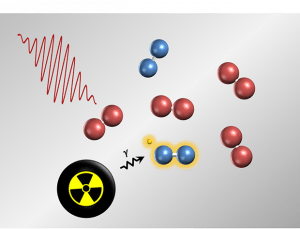
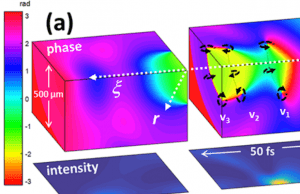 A new type of electromagnetic vortex, qualitatively visualized as an optical ‘smoke ring,’ ties together years of prior research in intense laser pulse interactions and makes new applications possible. Read our report in
A new type of electromagnetic vortex, qualitatively visualized as an optical ‘smoke ring,’ ties together years of prior research in intense laser pulse interactions and makes new applications possible. Read our report in 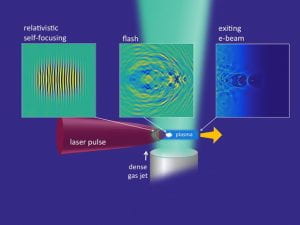
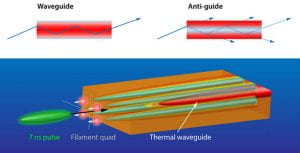
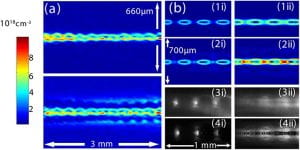
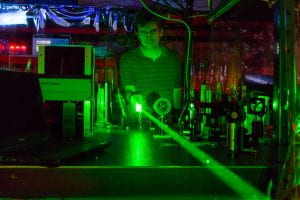
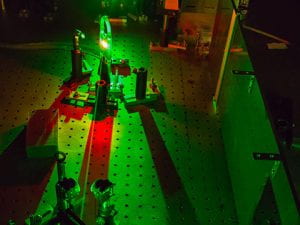 Dr. Milchberg and the lab received part of a MURI award for a collaboration with the University of Colorado, “Harnessing Strong-Field Mid-Infrared (IR) Lasers: Designer Beams of Relativistic Particles and THz-to-X-ray Light.” Read about the awards to UMD researchers
Dr. Milchberg and the lab received part of a MURI award for a collaboration with the University of Colorado, “Harnessing Strong-Field Mid-Infrared (IR) Lasers: Designer Beams of Relativistic Particles and THz-to-X-ray Light.” Read about the awards to UMD researchers